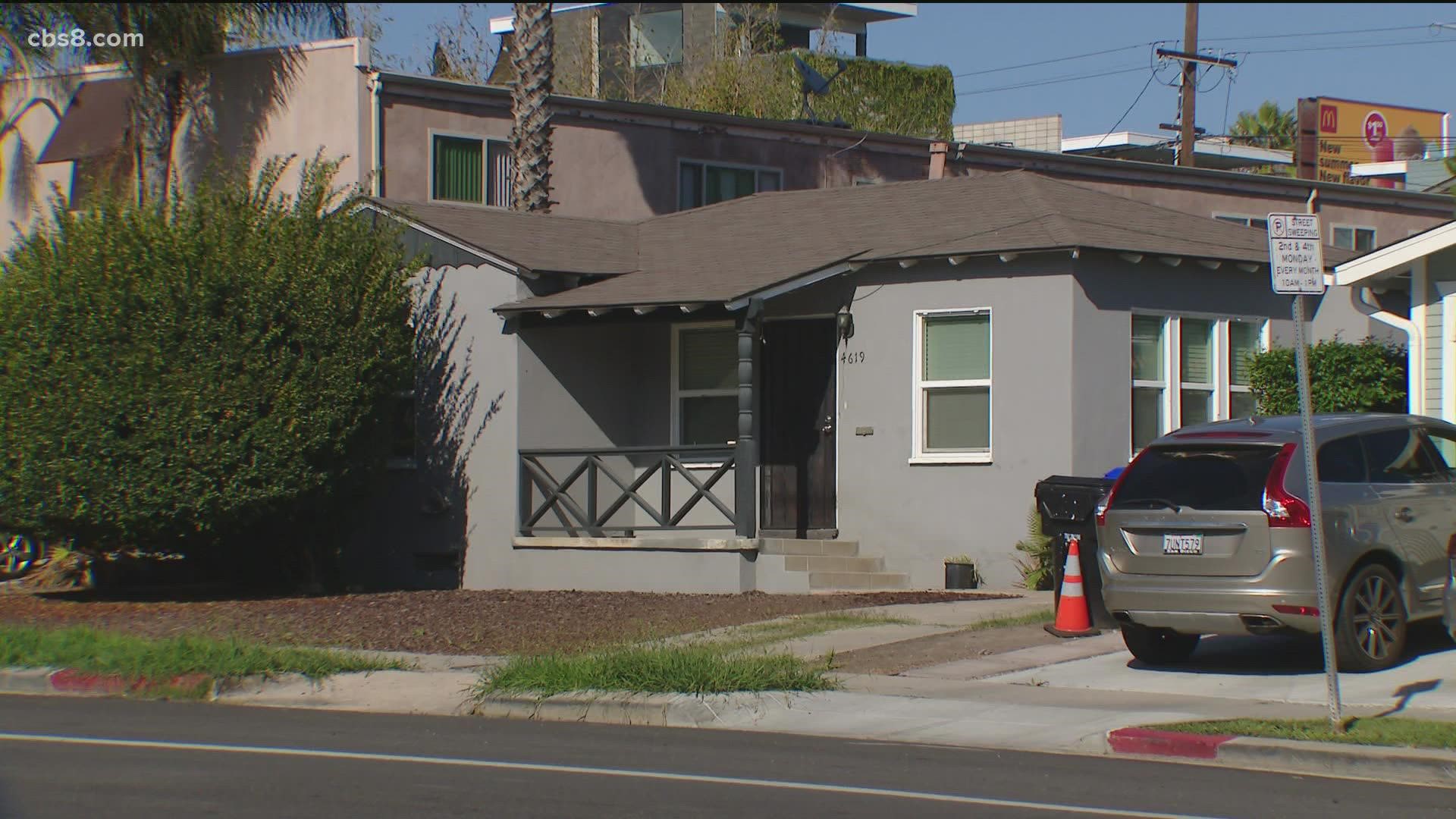SAN DIEGO COUNTY, Calif. — Two days after surviving a recall attempt, Governor Gavin Newsom signed groundbreaking new legislation that he said will address the state's housing crisis.
These bills, now state law, pave the way for "upzoning" within traditionally single-family neighborhoods, allowing for the creation of more housing units.
While supporters are applauding the move, critics say it will damage communities without making homes any more affordable.
In signing these bills into law Thursday, Newsom said the housing affordability crisis is undermining the "California Dream" for families across the state.
While his administration is calling this legislation "historic," it is also controversial.
"The housing crisis is an issue so large that there is no single solution," said State Senate President pro tem and San Diegan Toni Atkins in May as she defended Senate Bill 9 as one part of that complex solution: legislation she sponsored which will increase housing density in areas now zoned for single-family homes.
"SB9 is a critical piece of the puzzle," Atkins added.
Under SB9, a property owner could split their lot into two separate lots, each required to be at least 1,200 square feet, and build a two-residence duplex home on each half: so in place of the one original home, there could now be up to four.
SB10 allows a single-family property located in a high-traffic area or near public transit to be re-zoned without an environmental review, so the owner could tear down an existing home and replace it with a small apartment building of up to 10 units in its place.
While it's up to cities or counties to voluntarily adopt SB10's rezoning, SB9 would preempt city zoning and apply to most residential neighborhoods across the state.
However, cities would still retain some input into the size and design of the new construction, and certain neighborhoods, like historic districts, would be protected under the legislation.
"These bills do not address the problem," said Maria Kalban, founder of United Neighbors, a coalition of Californians fighting for local control over zoning decisions. "It ruins neighborhoods for no reason at all and it doesn't solve a damn thing!"
Critics of the legislation say that it will not create more affordable housing as it intends to, but will instead change the character of existing communities...
"These are attacks on single-family zoning," charged T. Keith Gurnee, a board member of Livable California, a nonprofit dedicated to protecting neighborhoods and building affordable housing.
"By increasing the development potential of every lot, single-family lot, the price of housing isn't going to go down. It's only going to go up," he told News 8. "What happens then is that the American Dream of homeownership for younger Californians evaporates."
Advocates of the legislation, though, counter that it will expand opportunities for more Californians desperate to enter the tight housing market
"There is a vast chunk of middle-income Californians who are really getting squeezed at both ends," said Matthew Lewis of California YIMBY or "Yes In My Backyard," dedicated to affordable housing and more inclusive communities.
"The reason that SB9 is such a big deal is that for the first time since the 1970s - this is a 'back to the future bill' - it will be legal to build duplexes," Lewis said.
And those could be built in areas that are now designated for single-family housing.
"More homes on your block are not going to destroy your neighborhood," Lewis added.
"The character of our neighborhoods is not going to change overnight," said David Garcia, policy director for the Terner Center for Housing Innovation at UC Berkeley. "This bill is going to take effect incrementally over a number of years."
An analysis by the Terner Center found that SB9 would allow the creation of about 700,000 more housing units statewide, although realistically, the actual number would likely be lower than that.
That same analysis by the Terner Center found that in San Diego County, about 9,000 single-family parcels would be enabled to build new housing as a result of SB9.
"It could be meaningful, but it is not going to be as disruptive or as productive as some people say it may be," Garcia added.
Critics fear that this legislation will spur speculation, enticing developers to come into a neighborhood and turn a quick profit.
"We realize there are no bumpers to keep things in control," Kalban said. "They pretty much leave it up to what a developer wants to do."
To address this concern, SB9 requires a property owner who wants to split their lot to actually live in one of the housing units for at least three years.
This doesn't convince opponents of the legislation.
"It's a paper tiger," said Gurnee. "Who's going to enforce it?"
Supporters, though, see this legislation as opening new opportunities for Californians who might otherwise leave the state to pursue homeownership elsewhere
"We're actually pretty excited that we might be turning the corner here," Lewis said.
While their opponents say they are not relenting.
"We're going to still fight it," Kalban vowed. "We hope we can make some sense out of this so it works for everybody!"
Along with signing these bills into law Thursday, Governor Newsom also allocated $1.75 billion to speed up construction of 6,500 affordable multi-family housing units throughout the state, in a program called the California Housing Accelerator.
WATCH RELATED: Mayor Gloria introduces housing initiatives designed to create more affordable homes

